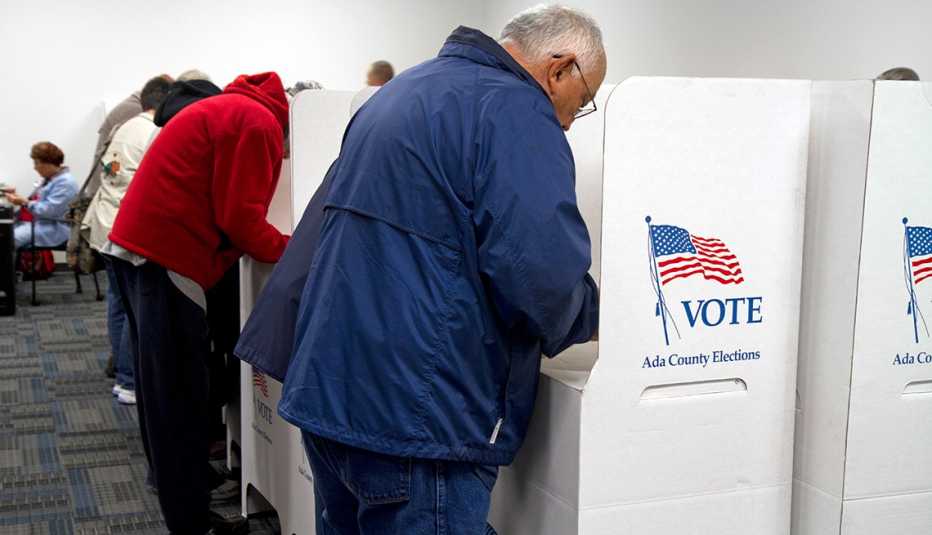Staying Fit


Brace yourself. The 2020 presidential campaign that officially starts on Feb. 3 — when Iowans go to firehouses, schools, churches and meeting halls to caucus for their choice to run for president of the United States — could well be one of the toughest and most rancorous contests in decades.
Beyond the presidential sweepstakes, voters will have many decisions to make at the polls, during the primary season and again this fall. All 435 members of the House of Representatives, 35 of the 100 U.S. senators and 11 governors will be running, as well as thousands of state and local candidates throughout the country. But experts agree that, despite the old political adage that all politics is local, this is going to be an election year that is dominated by the presidential race. Down-ballot candidates will have to fight for attention.


AARP Membership— $12 for your first year when you sign up for Automatic Renewal
Get instant access to members-only products and hundreds of discounts, a free second membership, and a subscription to AARP the Magazine.
"If you like clean, positive, issue-oriented campaigns, you're going to be disappointed,” says Glen Bolger, a partner at Public Opinion Strategies, a leading Republican polling firm. “It's going to be rough and tumble.” Celinda Lake, a veteran Democratic pollster, predicts that issues will determine how only 10 percent of voters make up their minds. About 40 percent of decisions will be based on character, and half of those who vote in the general election will cast their ballots based on party affiliation.
After Iowa's first-in-the-nation caucuses come the New Hampshire primary, on Feb. 11; the Nevada caucuses, on Feb. 22; and the South Carolina primary, on Feb. 29. On March 3, Super Tuesday, 16 states and territories will vote.
Social media's impact


Not only will communications from both sides likely reflect the deep political divisions that permeate the electorate, but the way the candidates communicate will be more personal and focused on platforms like Facebook, analysts say.
"This is the first post–mass media election in which, for the first time in U.S. history, more significant amounts of money will be spent on social media and digital than on broadcast,” says Will Robinson, a Democratic consultant and founding partner of the New Media Firm.


































































More on politics-society
Exclusive Poll: Women 50 and Older Could Decide the 2020 Election
Almost all plan to vote and a wide majority are still undecidedProviding Facts, Resources to Empower Voters
AARP is going all out to make sure our members know where the candidates stand on important issues